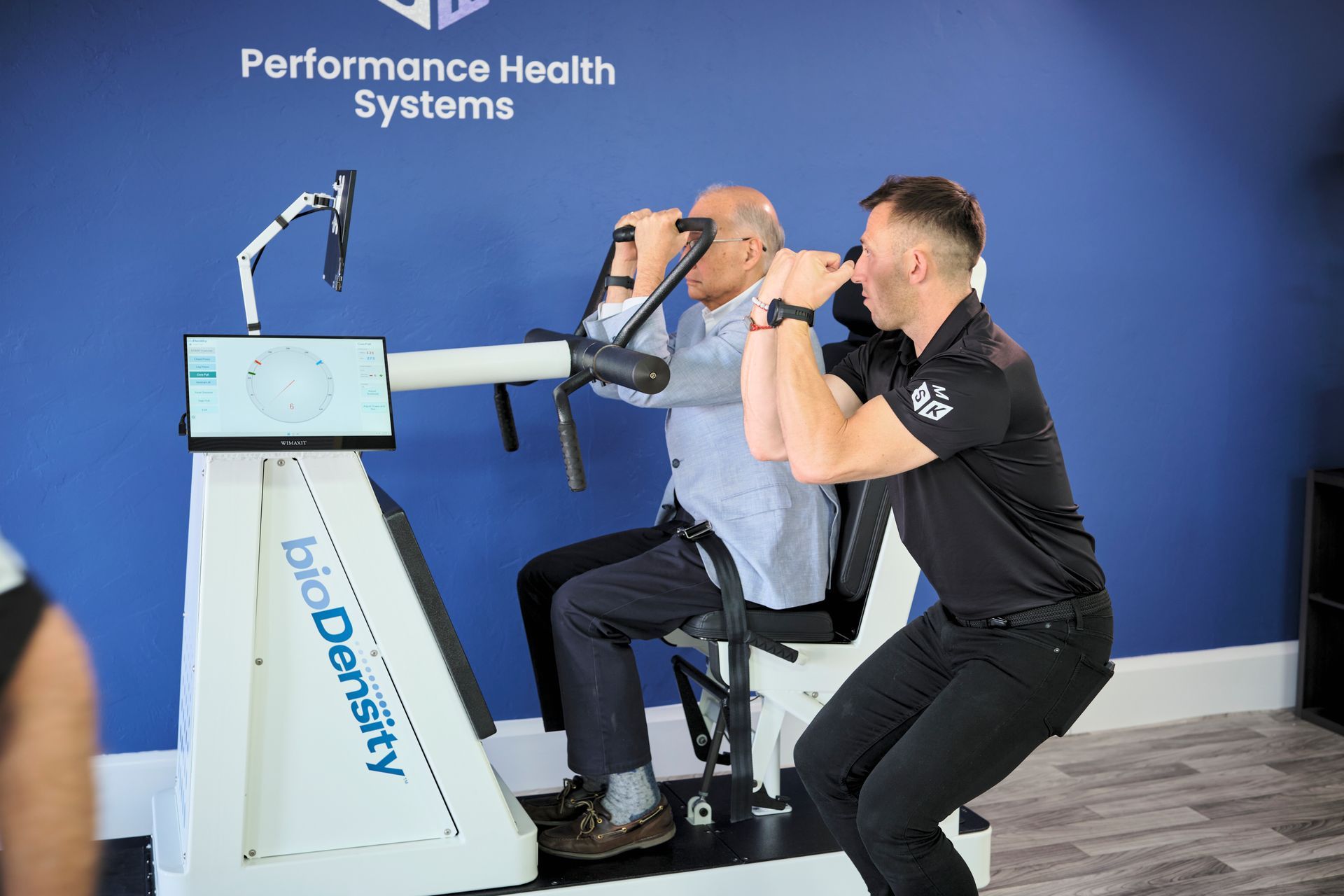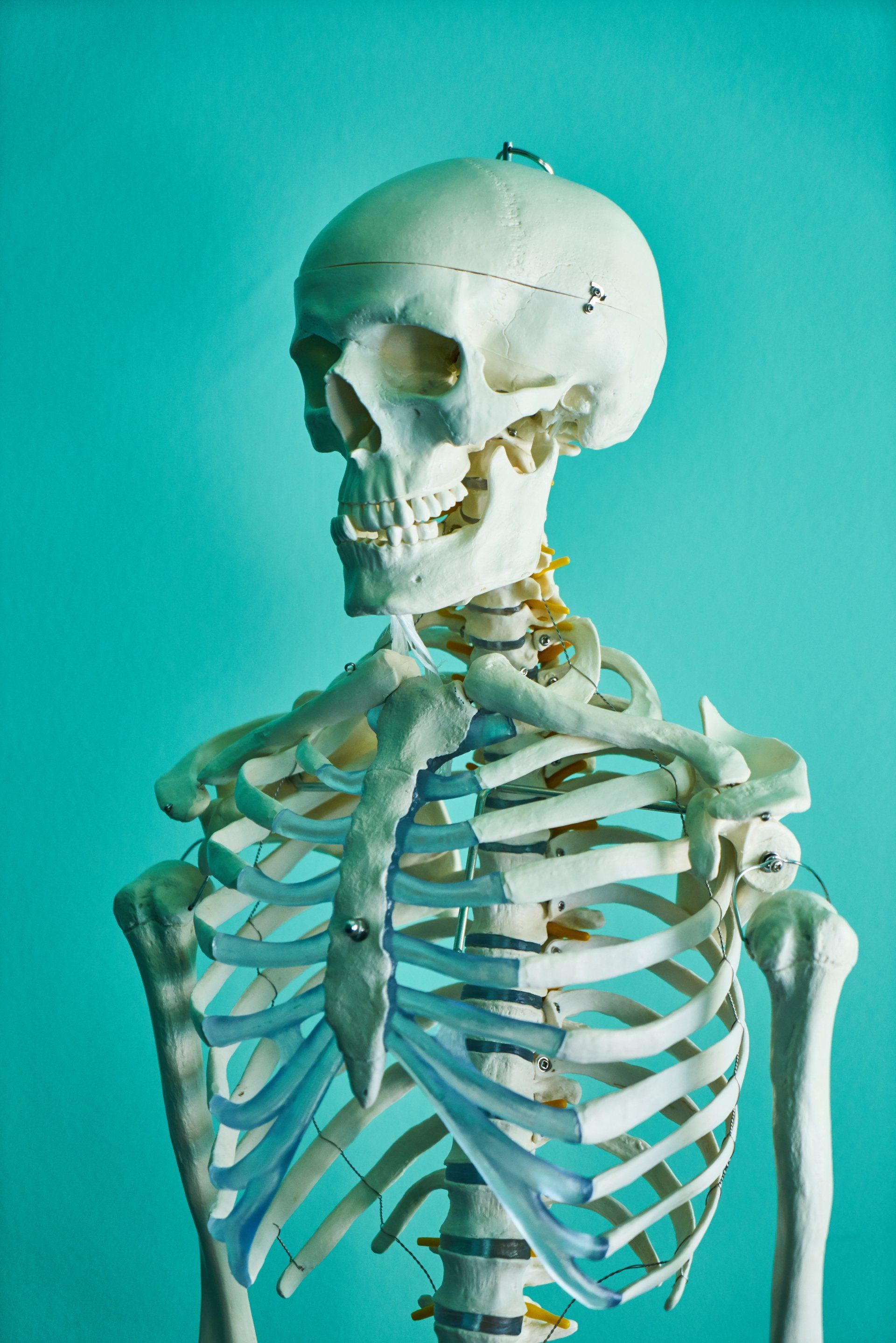by Neil Kinnerly
•
28 May 2024
Our body’s exoskeleton, often referred to as the skeletal system, is an essential framework that supports, protects, and facilitates movement. Although humans have an endoskeleton (bones located within the body), the term "exoskeleton" can be used metaphorically to describe how this internal structure functions to support and interact with various bodily systems. What is the Skeletal System? The skeletal system comprises 206 bones in the adult human body, connected by joints, cartilage, ligaments, and tendons. This intricate framework serves multiple vital functions: Support: The skeleton provides a structural foundation, maintaining the body’s shape and supporting muscles and organs. Protection: Bones encase and safeguard critical organs. For example, the skull protects the brain, and the rib cage shields the heart and lungs. Movement: Bones act as levers, and joints function as fulcrums, allowing muscles to create movement. This interaction enables activities ranging from walking and running to grasping objects. Mineral Storage: Bones store essential minerals like calcium and phosphorus, releasing them into the bloodstream as needed to maintain homeostasis. Blood Cell Production: Bone marrow, located within certain bones, is the site of hematopoiesis—the production of blood cells, including red and white blood cells and platelets. How the Skeletal System Supports Us 1. Structural Integrity: The skeleton’s rigid structure provides the body with a framework that maintains posture and supports weight. Without this support, soft tissues would lack the necessary stability to function correctly. 2. Facilitating Movement: Bones and muscles work in tandem to enable motion. Muscles attach to bones via tendons, and when muscles contract, they pull on bones, creating movement at the joints. This system allows for precise and varied actions, from fine motor skills to powerful physical activities. 3. Protection of Vital Organs: The skeleton’s protective role is crucial for survival. The cranium encases the brain, reducing the risk of injury from impacts. Similarly, the vertebral column protects the spinal cord, and the rib cage safeguards the heart and lungs from external forces. 4. Mineral Reservoir: Bones act as a reservoir for essential minerals, particularly calcium and phosphorus. These minerals are critical for various bodily functions, including nerve transmission and muscle contraction. The skeletal system regulates mineral levels in the blood, releasing or storing them as needed. Interaction with Other Body Systems The skeletal system interacts closely with other body systems to maintain overall health and function: Muscular System: The interaction between bones and muscles is fundamental for movement. Joints, where bones meet, allow for different types of motion, facilitated by muscle contractions. Circulatory System: Bone marrow produces blood cells, which enter the bloodstream to perform essential functions such as oxygen transport and immune defence. Nervous System: Bones protect the central nervous system structures, such as the brain and spinal cord. Additionally, the nervous system controls voluntary movements by sending signals to muscles attached to bones. Endocrine System: The skeletal system plays a role in endocrine function by responding to hormones like parathyroid hormone and calcitonin, which regulate calcium levels in the body. Conclusion Our skeletal system, often likened to an internal exoskeleton, is a remarkable structure that provides support, facilitates movement, protects vital organs, stores essential minerals, and produces blood cells. Its interactions with other body systems are crucial for maintaining health and enabling the wide range of activities we perform daily. Understanding and caring for this system through proper nutrition, regular exercise, and healthy lifestyle choices is vital for overall well-being and longevity.



